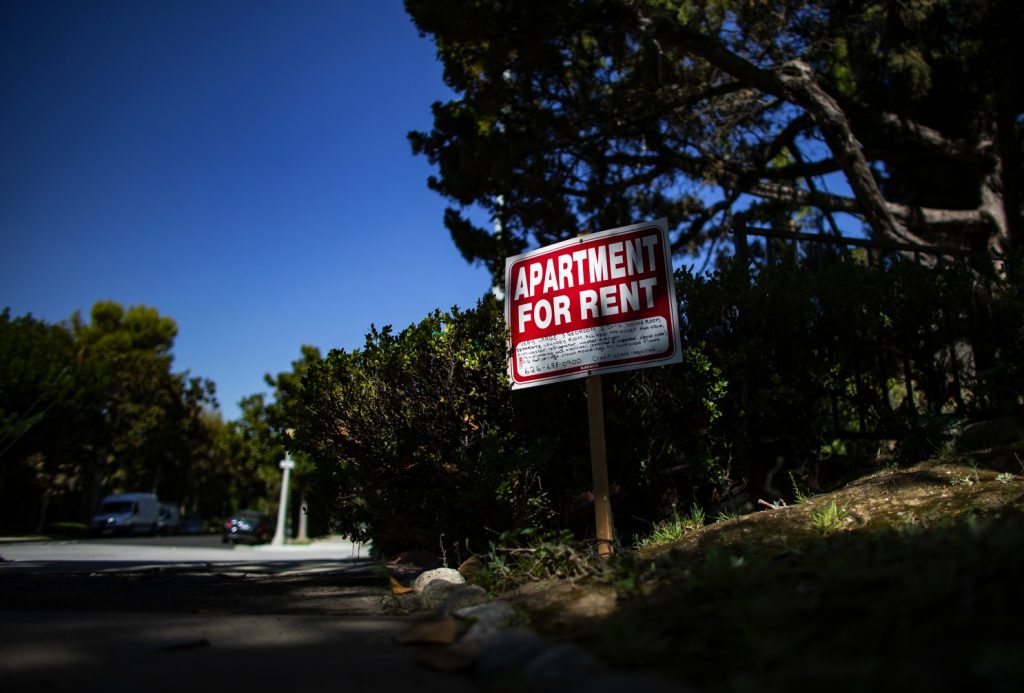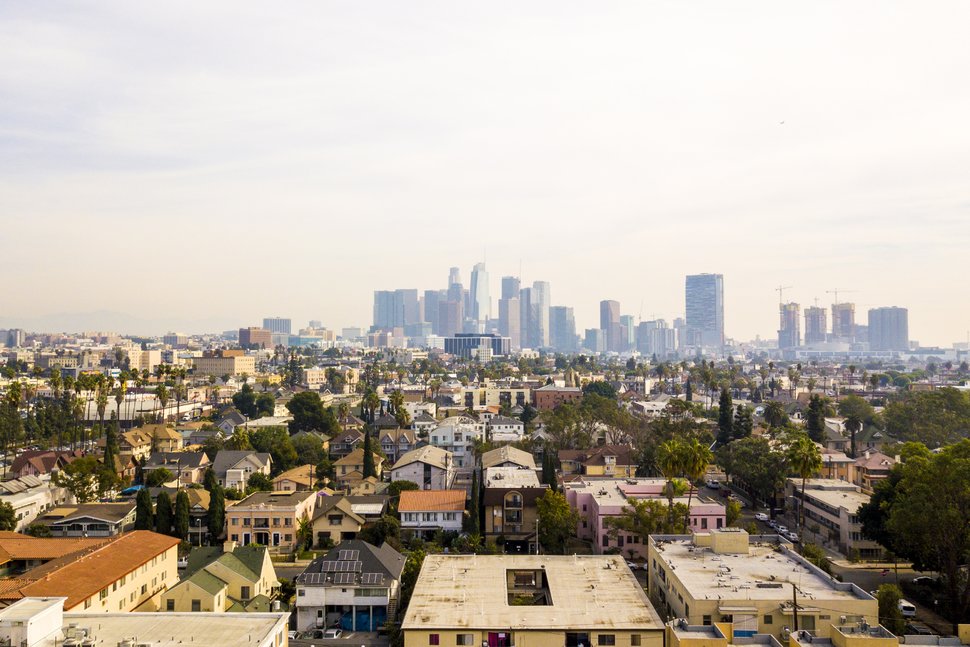
10 Things Landlords Can and Cannot Do in California
Knowing Your Rights as a Tenant in California There are many pros and cons that come with living in California, especially if you are renting


Whether you’re looking to buy, sell or rent a home in Los Angeles, know that you’ll always have some competition – not just because the metro area is home to more than 13 million people, but because it attracts a wide variety of people looking to work, play and live. Dozens of smaller cities and suburbs combine to make the Los Angeles area, each with its own personality.
“Los Angeles is wonderful because it offers something, I think, for everyone. It’s not just a city, it’s a compilation of different city types,” says Simon Aftalion, development director for Markwood, a real estate investment, development and management firm based in Beverly Hills, California.
To help sellers know what to expect when they put on a house on the market, and what buyers and renters might see in terms of competition, we’re breaking down current trends in the LA housing market, as well as offering insights into how forecasts for the coming months may change how you buy, sell or rent in the area.
It’s a Seller’s Market
It’s a seller’s market in the Los Angeles metro area, meaning there is more demand among buyers than housing available to purchase, which drives prices up.
The real estate market was a bit more balanced for buyers and sellers before the coronavirus pandemic led to shelter-in-place orders and a sharp decline in housing market activity, though multiple offers on a home were still common. Since the orders lifted, however, Lindsay Katz, a real estate agent with Redfin in the Los Angeles area, says people are eager to correct issues they found with their living situation while they were stuck at home, and they want to move quickly and before another possible shutdown occurs.
Some Buyers Are Being Priced Out
Redfin reports the median home sale price in the Los Angeles metro area is $655,000 as of June, a 3.1% increase from May.
The lowest price you can purchase at – a one-bedroom condo – would be in the $400,000 range, Katz says. Single-family houses start in the $600,000 range. The stiff competition naturally means that some buyers are struggling to find homes and being priced out by other buyers.
There’s a Housing Shortage
Contributing to competing offers and rapidly rising sale prices is the fact that Los Angeles is short on housing compared to the number of people looking to buy or rent. Very little space in the metro area remains undeveloped, though the land is largely made up of single-family homes and smaller apartment or condo communities.
“We have different neighborhoods where every building is only two and three stories tall,” Aftalion says. In many of the cities and neighborhoods that make up the Los Angeles area, zoning laws and ordinances make increasing density difficult, if not impossible.
People Are Changing Neighborhoods for Affordability
Los Angeles residents know that traffic can be brutal, so the time to commute to work is considered a major factor when people choose the neighborhood in which they want to live. When residents make the switch from renting to owning a home, they often sacrifice a short commute and move a bit farther away.
“It has to do with what people can afford. If they’re a renter in a certain area because they want to be close to where they work and close to a nightlife area, they may not be able to afford to buy there,” Aftalion says. “I often see people move to another neighborhood because that’s what they can afford.”
As work-from-home options increase for many people, commuting becomes far less of a concern. Katz says she is working with multiple homeowners looking to move farther from work in exchange for a larger home, knowing that they won’t have to make the drive every day in the foreseeable future.
Outdoor Access Is in High Demand
When it comes to what people are looking for in their next home, the answer for many renters and buyers is access to outdoor space. Katz says many buyers are seeking properties with larger backyards, and ideally a pool.
The desire for indoor-outdoor living options isn’t exclusive to a post-pandemic world, though it has certainly increased the immediate desire for a place to be outside. New construction reflects the preference as well, Aftalion says: “Outdoor rooftops or terraces, be it private or common – you’ll see more and more of that.”
Developers Are Building for the Future
Larger apartment buildings that can increase density in certain areas will be the likely be one solution to housing shortage issues. Aftalion notes that areas like downtown Los Angeles are seeing a bit of a resurgence in interest among people who want to live in an urban setting, with close access to shopping, entertainment and even work.
New development must also anticipate changing needs and future trends in lifestyles. While most people get around Los Angeles by car today, Aftalion notes that the development of better public transportation in the area and continued efforts to reduce reliance on cars means there will eventually be fewer cars in LA. As a result, apartment buildings constructed today should anticipate less need for parking “so you’re not just building these cities underground for parking that might not be used in the future,” Aftalion says.
While many parts of the Los Angeles metro area require a certain number of parking spaces, Aftalion explains part of the challenge for developers is figuring out how to provide the parking spaces needed today while factoring in the changing role of vehicles – increasing the number of spaces designated for electric cars to plug in is one example.
Economic Instability Will Impact Low- to Mid-Tier Buyers More
If Los Angeles endures another shutdown for a prolonged period that halts in-person home tours, there will likely be a significant dropoff in homebuyer activity. While virtual tools for viewing properties and house hunting have made it easier for people to continue the process without risking exposure to other people, the majority of homebuyers will want to visit a house before buying, and moving homes amid a lockdown can be equally challenging.
Because Los Angeles is traditionally expensive compared to most of the U.S. housing market, many residents remain long-time renters, and a combination of economic uncertainty and strong demand for homes on the market will keep more people from becoming first-time homebuyers in the LA area.
However, because Los Angeles is home to a wide array of industries and employers, there will always be high earners who are financially able to buy homes. It may take more time from the buyers who would be limited to the lower end of the market’s price range to feel confident about buying until there’s more stability in employment.
Written By: Devon Thorsby

Knowing Your Rights as a Tenant in California There are many pros and cons that come with living in California, especially if you are renting

California beckons visitors with sunshine, stunning landscapes, and urban sophistication. A place of dreams, this alluring state has it all: a spectacular coastline, snow-capped mountains,